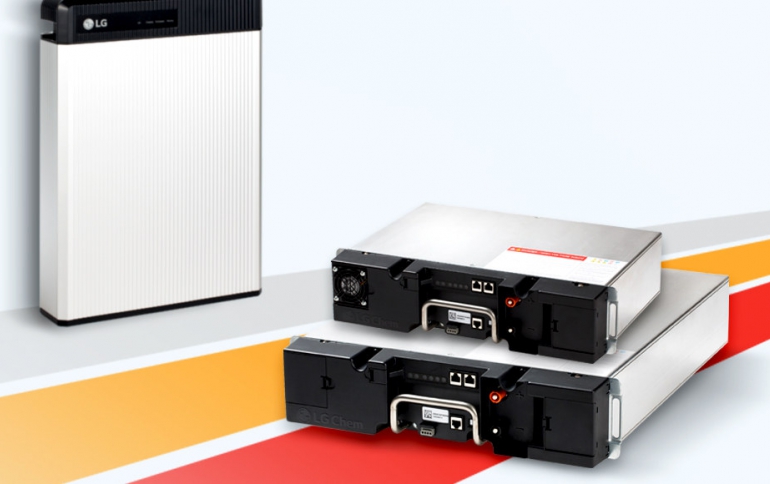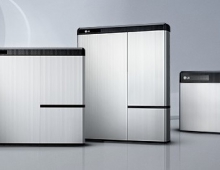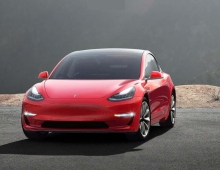
Investigators Blame Faulty batteries for ESS Fires in South Korea
South Korean investigators said Thursday malfunctions in batteries are mainly to blame for a recent series of fires in energy storage systems (ESS).
The panel of experts concluded after a four-month probe that faulty batteries rising to abnormally high temperatures were mostly responsible for the five fires that occurred from August to October last year.
Three of the cases were caused by ESS equipment produced by LG Chem Ltd, with Samsung SDI Co. being responsible for the other two.
ESS systems are used to save energy in a large-scale battery for efficient distribution of power.
"We believe the fires were caused by the high charging rate, above 95 percent, coupled with malfunctions in batteries," the panel said in a statement, advising ESS products should be charged to levels below their capacity.
South Korea said it will issue new guidelines that center on allowing ESS products to be only charged from 80 percent to 90 percent of their maximum capacity.
All ESS facilities will also be obligated to install black boxes to preserve evidence in case of accidents, according to the South Korean Ministry of Trade, Industry and Energy.
In June last year, South Korea concluded that 23 fires that broke out in ESS equipment from August 2017 through May 2019 were largely caused by external problems and not related to batteries.
At the ESS sites in Yesan, South Chungcheong Province, and Gunwi, North Gyeongsang Province, set up by LG Chem, the ministry’s panel said it found the ignition points were in the batteries according to operation records of the systems. It also found some traces of meltdown in the batteries of the burnt systems collected from the sites.
The panel broke down the batteries of the systems that were installed by the company near the Yesan site at the same time, and found that some foreign fragments adhered to the cathode plates and lithium deposits in the separators.
By examining similar batteries in Gunwi, the panel said it found some anode active materials.
For the ESS sites in Pyeongchang, Gangwon Province, and Gimhae, South Gyeongsang Province, installed by Samsung SDI, the investigative group cited erroneous charging and discharging processes as the cause of the fires. At the Pyeongchang site, the product’s energy management system revealed that the power voltage rose above the maximum level set for charging and fell below the minimum level for discharging. The battery protection didn’t work, leading to the fire, the panel said.
At the Gimhae site, the panel found the voltage deviation in the Samsung system showed an increasing trend for the past six months.
"We do not believe that batteries were the main cause for the fire," LG Chem said in a statement, responding to the panel's report.
LG Chem said it has carried out experiments on its batteries under extreme conditions, and none of the results led to a fire.
"The panel says it has found evidences of melting inside the collected batteries, but the phenomenon can also be observed in batteries when fire spread from other parts," the company added. "We cannot jump to the conclusion that batteries caught fire internally."
The company also claimed the substances like anode fragments, lithium debris, anode active materials and the meltdown traces are normally found in ESS products, and not only in the aftermath of fires.
Samsung SDI echoed the view, saying it does not believe its batteries were the main cause of the accidents.
"If the investigation was to be correct, we should have observed fire from other similar sites installed with the same product," the battery arm of South Korea's top conglomerate Samsung said.
"Like gasoline can only catch fire when there is a flame, ESS products are flammable but we cannot conclude they were the cause of the fire," it added.
“The maximum voltage for charging is set at 4.15V but it can go up to 4.25V, due to 100mV additionally spared for safety,” the company said. “The panel’s argument that the charging voltage of 4.18 spotted in the past operation records can’t directly be related to the fire.”
The minimum discharging voltage set by Samsung for the ESS products is 1.5V, which is lower than 2.5V pointed by the panel.
Both LG and Samsung vowed to enhance safety measures for their ESS customers by announcing 200 billion won ($169 million) to 300 billion won worth plans.




















